Why You Should Plank Every Day
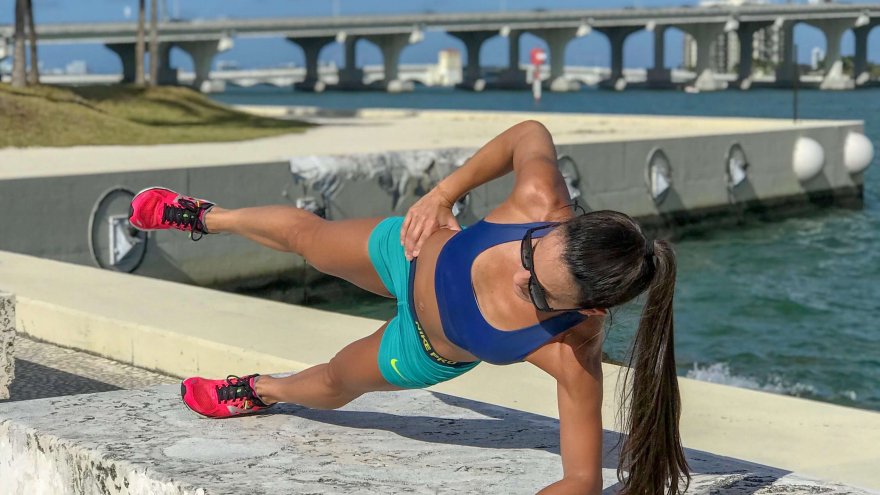
When researching for ways to improve your running performance you will most likely come across several articles emphasizing the importance of strength training. Most runners will think if they run most days of the week they do not need to do anything else as far as exercise. It may be true that you do not “need” to do anything else, but if you want to get faster and last longer on runs, the most beneficial addition to your running program will be a few days per week of strength training. Not only will regular strength training help improve speed and endurance, but it will also be one of the main ways to help prevent running-related injuries, especially if you have had any in the past.
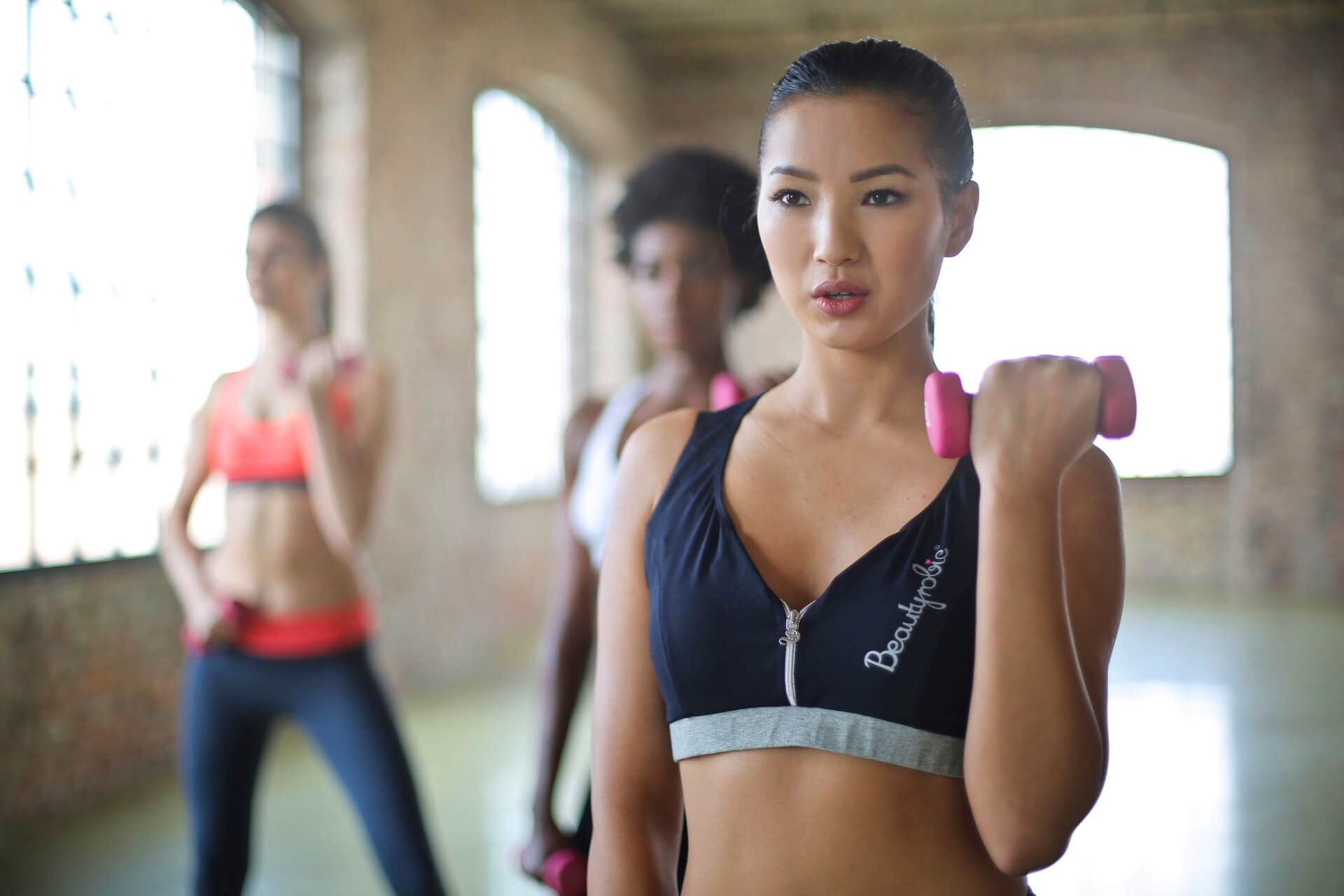
Once you face the reality that you should include strengthening sessions during your training, you will find that the entire body needs attention as far as building strength for running. The body works as a whole during the running cycle. The legs, of course, are the main parts that carry us, but the arms help propel us forward and keep the legs from fatiguing too quickly. The core, which includes every part from the upper trunk and chest to the abdominals, lower back, and hip muscles, help maintain our pelvis in a neutral position and an upright posture to assist with the endurance and stability of our legs. The most efficient way to strengthen the entire body is to choose exercises that incorporate all parts with one move if possible.

Core Strength
The core includes several muscles and is in charge of stabilizing and aligning the spine, as well as providing endurance for our limbs when in motion, such as in running. The deepest muscles that connect to the lower spine itself are the most important group to keep strong for everyone, as weakness in these muscles can lead to chronic lower back pain, hip and knee dysfunction, and loss of balance, especially as we get older. These muscles consist of the pelvic floor muscles, transverse abdominis, multifidi, obliques, and the erector spinae muscles to name a few. One of the best exercises that helps strengthen these deep core muscles along with several other muscles in the body is the plank.
The Benefits of Planking
You have probably heard of the plank challenge where you are required to plank for a certain amount of time every day for a month. Well, besides giving yourself attention on social media, this challenge will leave you with extremely beneficial results.
- Planks are a safe exercise for the spine. Some other core exercises such as crunches and sit-ups require flexion of the spine (and rotation with some variations), which may impede on the healing of an injured spine, such as in disc herniations or fractures. Even in general lower back pain cases, too much movement on a weak spine will only cause more pain during the exercise. Planks require no movement at all, therefore a safe way to strengthen these important muscle groups.
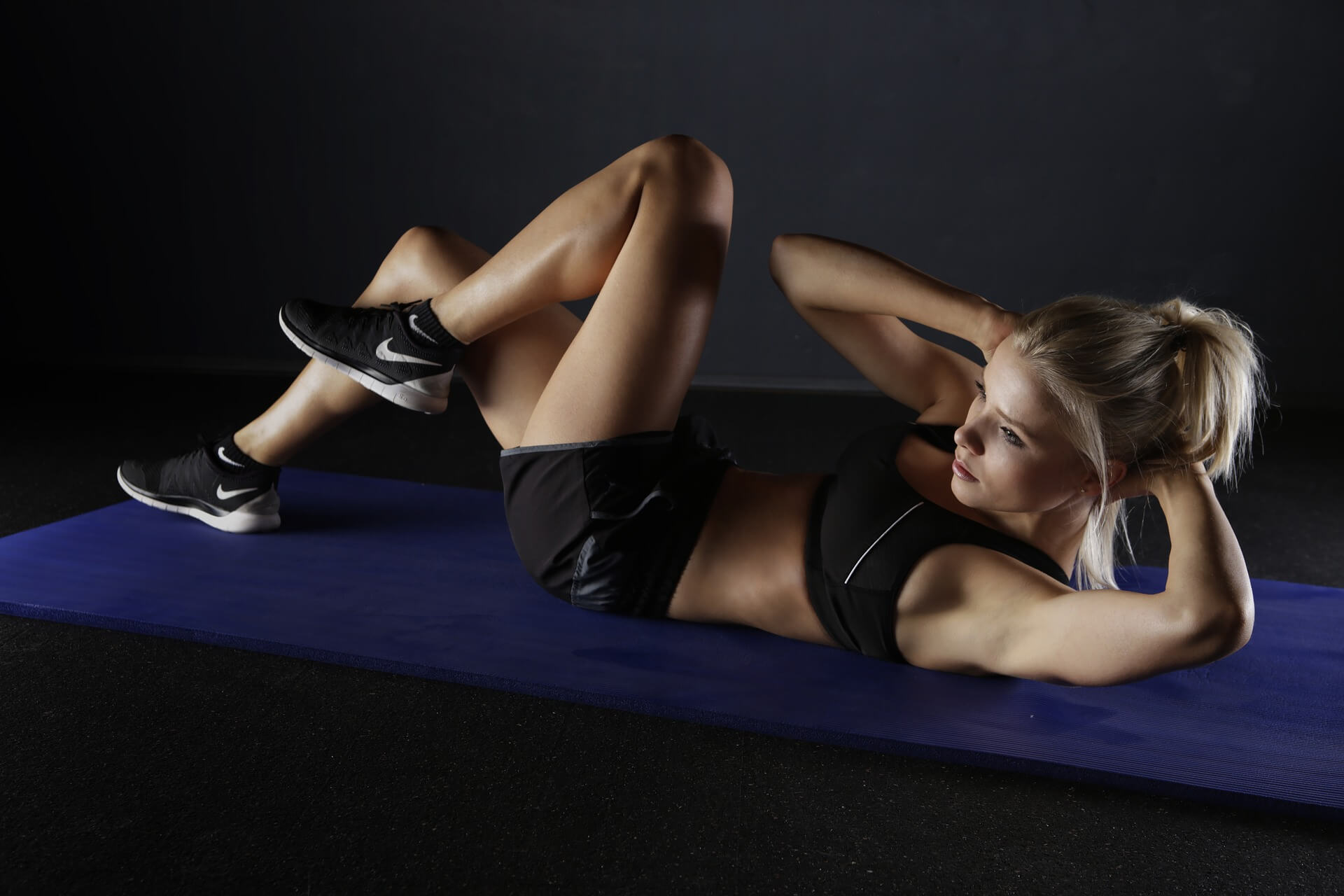
- Planks help improve flexibility. While holding a plank, the muscles of the upper back, shoulders, hamstrings, and feet are all put on a stretch. Over time this move will help complement your other flexibility exercises.
- Planks help decrease injury risk. The core muscles are where all of our energy comes from to propel our legs. Strong core muscles provide the entire body with proper alignment and help even out imbalances between both sides of the body. This means less chance of losing balance when running on uneven terrain and better recovery from moments of rolling your ankle or tripping.
- Planks help improve posture. Proper posture is important for so many reasons. For runners, this means more efficiency and less fatigue, especially during long runs. For everyone else, this means less pain overall in any area of the body since the spine is better aligned, less wearing away of the joints and bones and improved self-confidence.
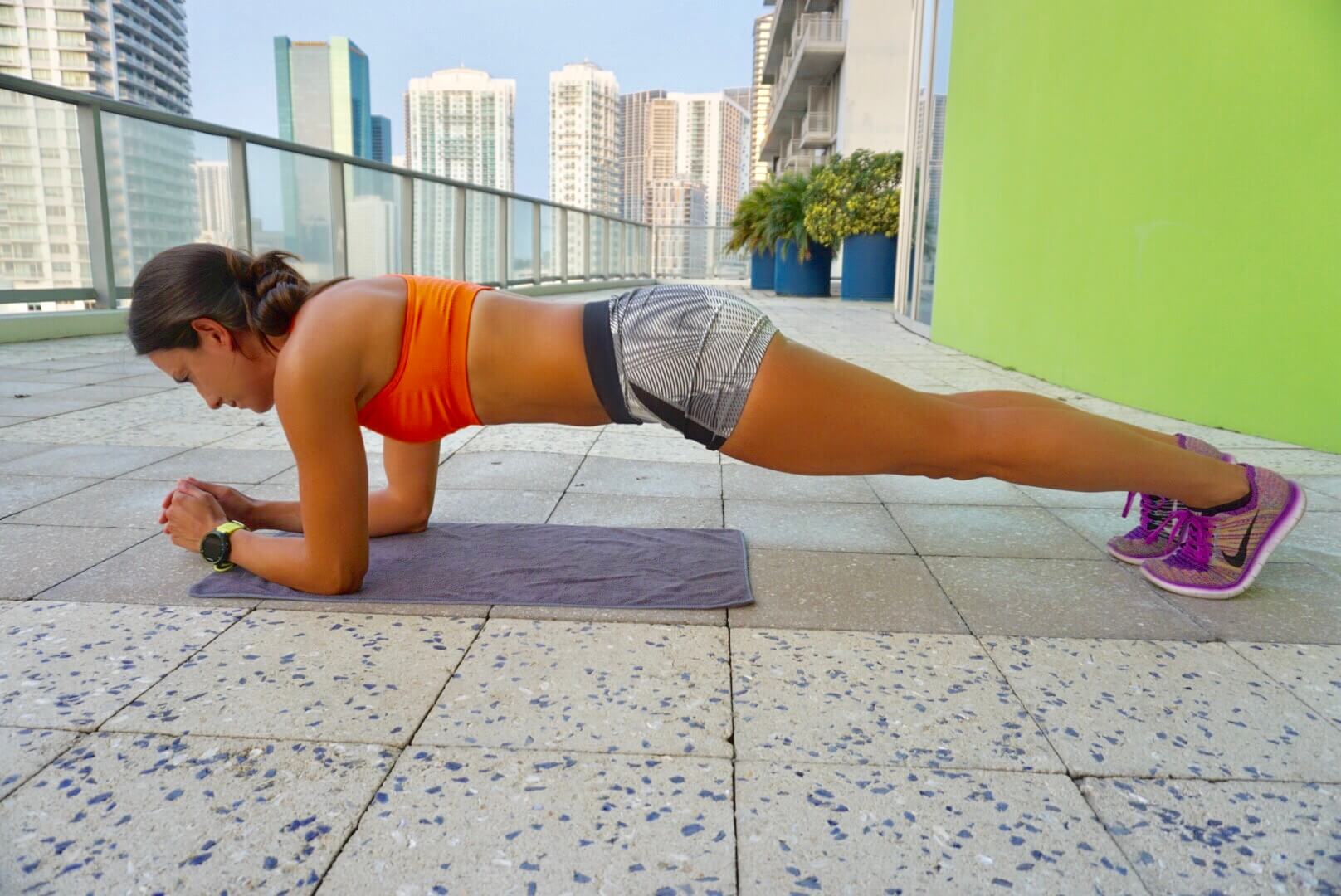
Plank Variations
Standard Planks
These should be a staple in every runner’s strength routine. It is important to make sure your form is correct, though, in order to minimize soreness or pain later on. The entire spine including the neck should be aligned, elbows directly underneath the shoulders, and keeping a focus on holding the abs in tight. Once you are in the correct position, begin with two to three sets of 30-second holds, then increase by 15-second increments until you can reach three minutes. If you have not regularly done planks, then this may sound difficult, but getting to that 3-minute hold means you have extremely efficient core strength.
Side Planks
Balancing on one elbow and foot may seem more challenging, but this will target more of the oblique muscles along with the others. Even more challenging is balancing on the hand versus the elbow.
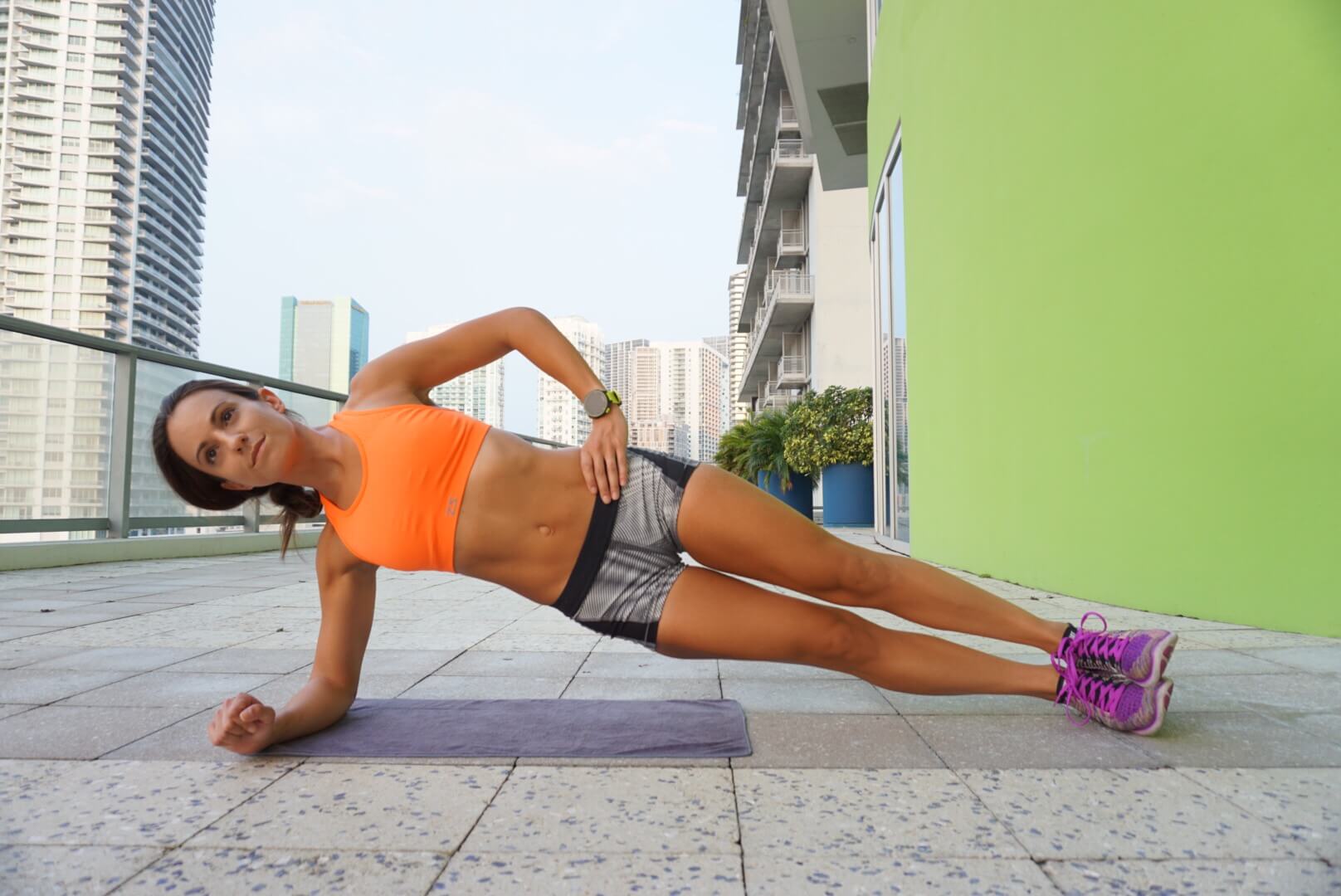
Planks with Leg Moves
Standard planks can be made more challenging by incorporating alternating upward or side leg kicks. This will not only challenge the balance component of planking but also add in hip strengthening as well. Alternating hip drops are also a great way to target the obliques.
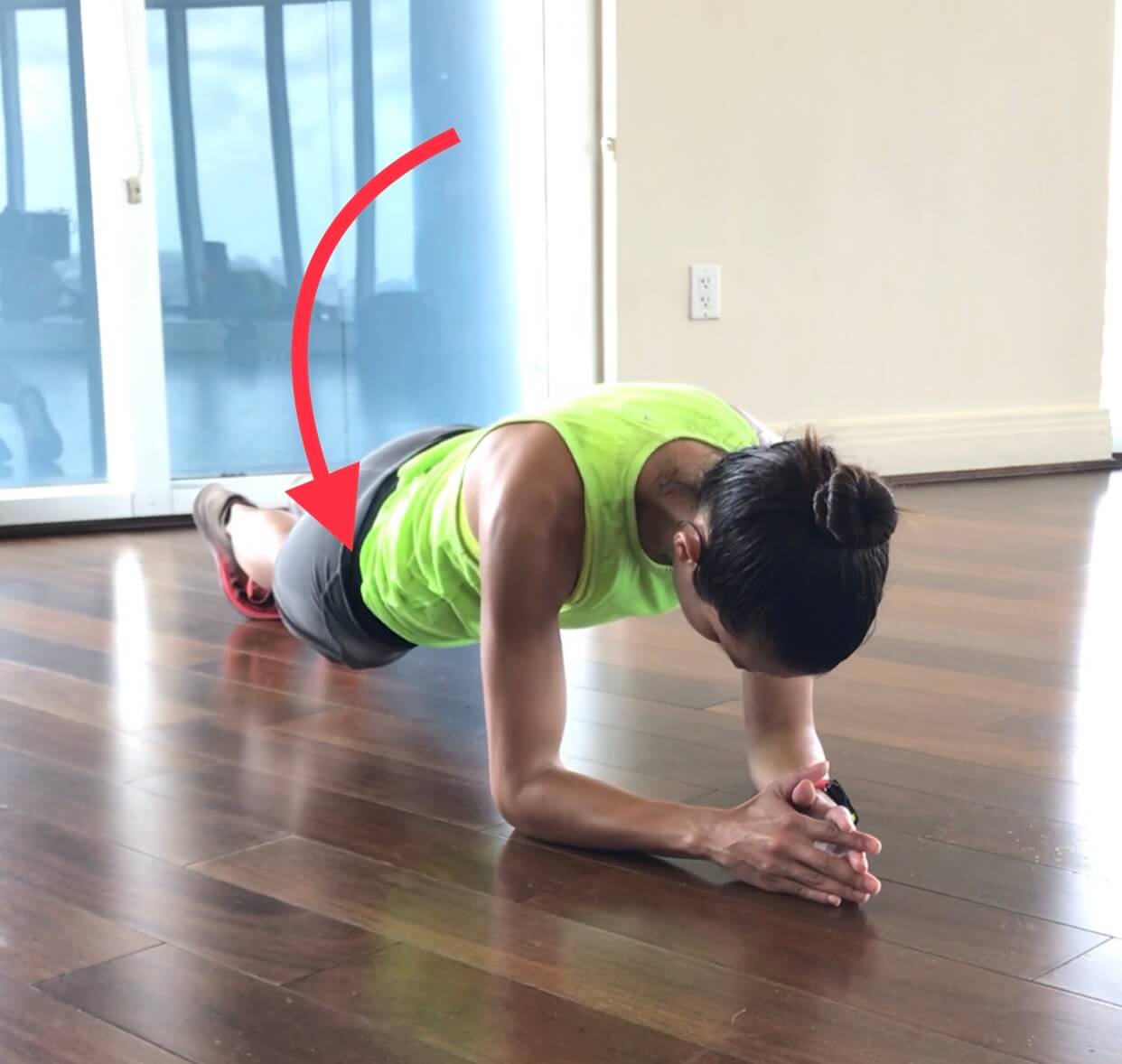
With the amazing benefits of daily planking mentioned above, there is no reason to not spend a few minutes every day incorporating some moves. Just a few sets of standard planks and you will really feel the engagement in your abs, back, arms, and hips. One main reason runners skip their strengthening routines during training is due to lack of time. If you can select just a few moves of exercises that target several body parts at once, such as planks, it will most definitely feel doable. Planks are also an excellent warm-up exercise before runs due to the activation of so many muscles at once. Keep in mind that the core is where the energy for our extremities comes from so it is smart to get the muscles firing before heading out for your runs. Try three to five minutes of planking every day for a month and you will reap so many benefits that you will never skip them again!
Sources
Latest Articles
 Is Running on a Treadmill Easier Than Running Outside?Runners have their own preferences, whether it is treadmill running, running outside on the road, or exploring trails. So...
Is Running on a Treadmill Easier Than Running Outside?Runners have their own preferences, whether it is treadmill running, running outside on the road, or exploring trails. So... Is It OK to Use Trail Running Shoes on the Road?While trail running shoes can be used on roads, especially in situations where a runner encounters mixed terrains or pref...
Is It OK to Use Trail Running Shoes on the Road?While trail running shoes can be used on roads, especially in situations where a runner encounters mixed terrains or pref... How to Fix Sore Quads After Running?Rest, ice, gentle stretching, and over-the-counter pain relievers can help soothe sore quads after running. Also, ensure ...
How to Fix Sore Quads After Running?Rest, ice, gentle stretching, and over-the-counter pain relievers can help soothe sore quads after running. Also, ensure ... 10 Fruits With The Most Electrolytes to Replace Sports DrinksThese fruits are high in electrolytes such as potassium, magnesium, and calcium, essential for hydration, muscle function...
10 Fruits With The Most Electrolytes to Replace Sports DrinksThese fruits are high in electrolytes such as potassium, magnesium, and calcium, essential for hydration, muscle function...

